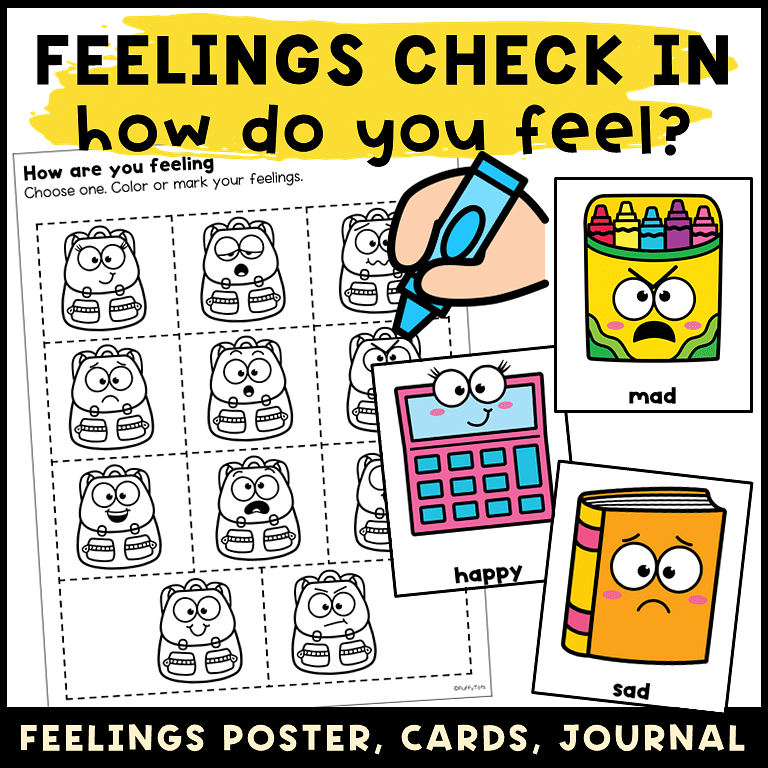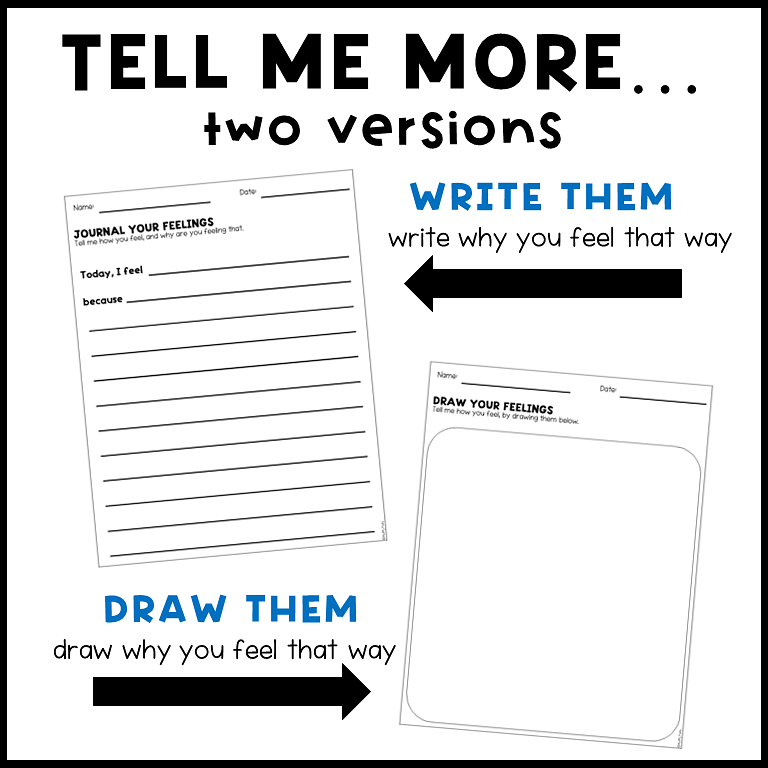Helpful Feelings Check-in for Kids 3 Activities for Preschoolers and Toddlers
My child had selective mutism. He was such a bright and chatty boy, and with six kids, most of them quite talkative themselves, it was easy for his quieter moments to go unnoticed.
My husband was the first to notice that our son sometimes wouldn’t talk at all. Some days, he’d only speak in the morning. He’d often communicate by pointing or occasionally throwing a little tantrum. But mostly, there was just silence.
It was really tough at first—we felt lost. This being our fifth child, we’d never encountered anything like it with our older kids. When we finally got him diagnosed, it was confirmed: selective mutism.
Essentially, he couldn’t speak in certain situations or to certain people. The first thing I did was book an appointment with a therapist. We found one that our son connected with, and slowly he began to feel comfortable enough to “communicate.”
It took several months, but we started to hear him talking again and returning to his lively self. From the therapist, I learned how crucial it was for him to feel loved and understood. We started observing and looking for what might trigger his mutism.
The therapist also suggested using flashcards or posters to ask him how he was feeling, helping him express his emotions in a way that felt safe and comfortable.
Feelings Check-in for Kids
This experience inspired me to create Feelings Check-in for kids, a resource packed with emotional activities for preschoolers and toddlers. It includes eight sets of feelings posters with a fun school supplies theme. (great for back-to-school activities, too…)

There are 3 main parts in this packet.
Let us go through one by one.
Part 1: Feelings posters
There are feelings posters in both colored versions and black & white versions.
For the colored version, have your kids choose and mark their current feelings. You can mark using dot stickers, a dot marker, or put buttons on it.
For black & white version, ask your kids to choose and color on their current feelings.

Have them point to their current feeling & color their feelings.
Part 2: Feelings cards
There are feelings cards both in colored versions and black & white versions.

Cut these feelings cards. Laminate them.
You can use these cards as flashcards to introduce the name of feelings in a small group, to put in a lanyard, or to put at your calm down corner.
There are 11 emotions in this resource:
- Happy
- Sad
- Mad
- Grumpy
- Excited
- Scared
- Surprised
- Worried
- Tired
- Feeling fine (smiling)
- Feeling great (big smile)
* blank pictures included for you to include your own emotion
Part 3: Feelings journal
Some kids love to tell you more about their feelings.
Let them express their feelings by writing in a journal or drawing (for kids who can’t find the perfect words to let you know how they feel)
There are 2 options for this activity.

For toddlers and preschoolers, there’s a drawing journal. Let them draw to explain why they are feeling a certain way.
For older kids, there’s a writing journal.
Shop Feelings Check-in For Kids Packet
I really hope this resource helps you and your children navigate their emotions together.
Teaching and checking feelings & emotions can be challenging, but with love and patience, you can navigate through it together.
